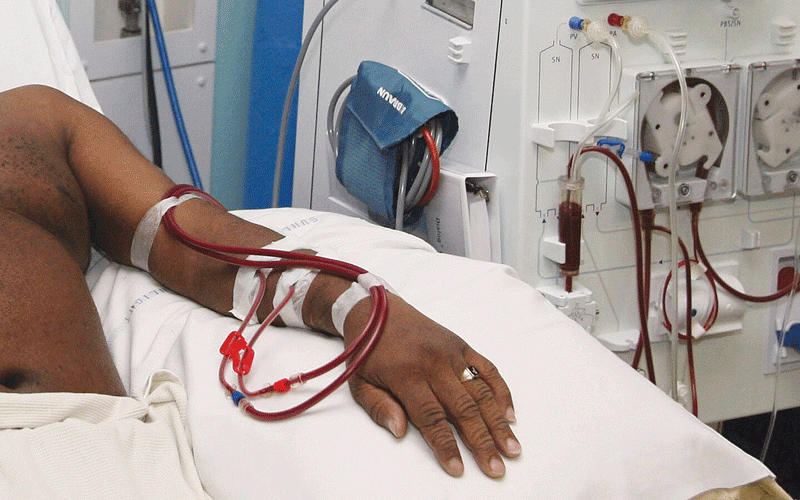
A LOCAL drug policy and harm reduction advocacy organisation, the Zimbabwe Civil Liberties and Drugs Network (ZCLDN), has decried lack of proper research and data on people using and injecting drugs.
Addressing journalists during a media and science cafe on drug and substance use, organised by the Health Communicators Forum on Monday this week, ZCLDN programmes lead Knowledge Mupembe expressed fear that lack of programming and data on drug use contribution to the country’s HIV statistics will likely derail progress and achievements made in the 95-95-95 goals to end Aids by 2030.
He said people who used and injected drugs were at risk of being left out and marginalised.
“We have the Zimbabwe National Aids Strategic Plan which has been announced before, that identifies people who use and inject drugs as a key population and at risk of HIV,” Mupembe said.
“But the strategic plan identifies or acknowledges that there is currently no programming and there is currently no data on drug users; so, this is going to affect the country’s progress on achieving the 95-95-95 target.”
He said there was an increased risk of HIV transmission among people who use and inject drugs.
“Injection of drugs is a major contributor to the spread of HIV. There is now a high risk of transmission through the practice.
“Although the world is progressing in addressing HIV, we are seeing new HIV infections which are necessitated by drug injection,” he said.
- Policy consistency panacea to drug use scourge
- Policy consistency panacea to drug use scourge
- Critical Sadc HIV indaba underway in SA
- Don’t criminalise drug users
Keep Reading
Harm Reduction International and the UNAids have said that eastern and southern Africa are disproportionately affected by HIV, with an estimated 54% of 38 million people living with HIV worldwide and 43% of new worldwide infections in 2019
Estimates also show that there are more than 410 000 people who are injecting drugs and about 21,8% of them are also living with HIV.
Globally, drug injection accounts for approximately 10% of new HIV infections and about 23%-29% of all new Hepatitis C virus infections occur among people who inject drugs.
Mupembe, however, said through engaging the government and other stakeholders, they were seeing light at the end of the tunnel.
“We are trying to bridge the gap with a number of civil society organisations, the Ministry of Health, the National Aids Council and other interventions that are being implemented to bridge this gap on HIV,” he said.
“We are seeing good results, for example, the National Aids Council has a brother-to-brother and a sister-to-sister programme.
“Also, a number of organisations are already programming on sexual and reproductive health rights and they are producing very good results.”











